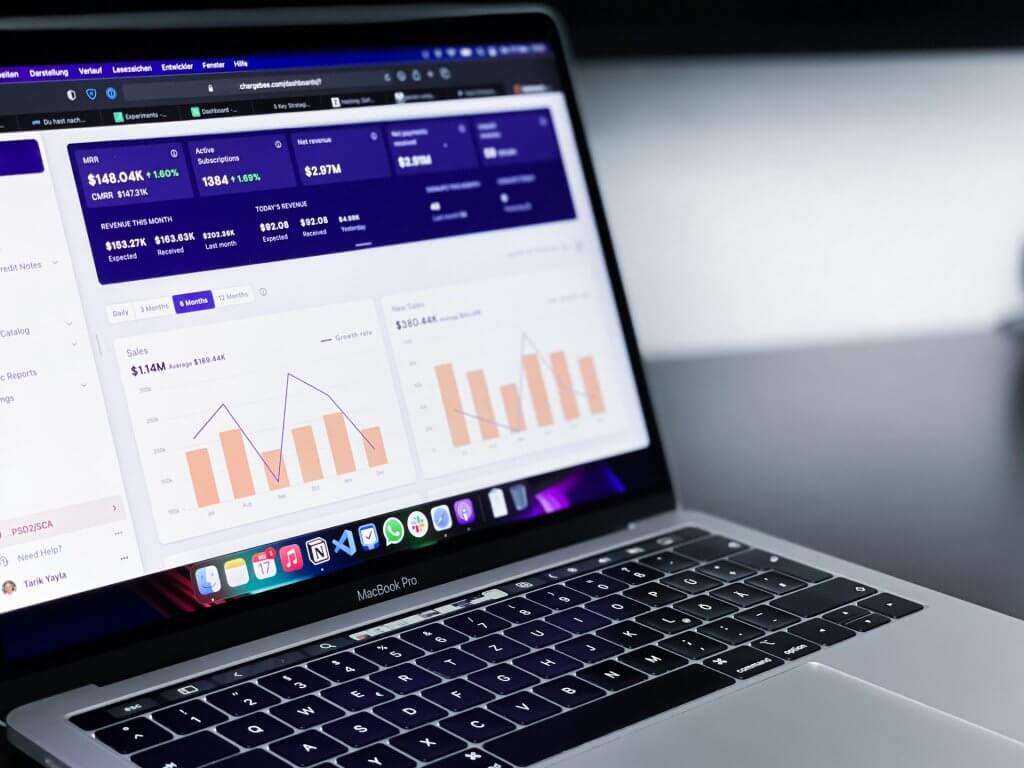Understanding Leverage in Forex CFD Trading: A Guide for Small Businesses
In Forex and CFD trading, leverage is a powerful tool that can boost profits but also heighten risks. Small businesses seeking portfolio diversification or currency risk hedging must grasp the importance of leverage.
But how exactly can leverage be used effectively without disproportionately increasing the business’s exposure to risk?
This guide aims to provide a comprehensive understanding of leverage in Forex CFD trading and offers practical tips for small businesses.
What is Leverage?
In Forex CFD trading, leverage involves using borrowed funds to expand one’s trading position beyond what their cash balance alone could achieve. This empowers small businesses to command significant positions in the Forex markets with relatively little capital invested.
While it can enhance profit potential, it’s crucial to recognize that leverage also amplifies the risk of losses. Therefore, businesses need to implement a well-considered risk management strategy when participating in Forex CFD trading.
Understanding How Leverage Works
To better understand how leverage works, let’s look at an example. Imagine a small business that wants to purchase $100,000 worth of Euros for a future transaction.
With a leverage ratio of 1:50, the business would only need to invest $2,000 (2% of the total amount) as collateral to control the full $100,000 position.
If the Euro increases in value against their local currency, the business will earn a profit on their invested $2,000. However, if the Euro decreases in value, the business will also incur a loss on their investment.
Calculating Leverage
Leverage is typically expressed as a ratio and can vary depending on the broker and trading platform being used. The most common leverage ratios in Forex CFD trading are 1:50, 1:100, and 1:200. This means that for every $1 of invested capital, the trader can control $50, $100, or $200 worth of currency in their position. It’s important to note that as leverage increases, so does the potential risk for losses.
Why Do Businesses Use Leverage?
There are several reasons why businesses may choose to utilize leverage in Forex CFD trading:
- To increase potential profits: As mentioned, leverage can amplify potential profits by allowing businesses to control larger positions in the markets with a smaller amount of capital.
- To diversify their investment portfolio: By adding Forex CFD trading to their investment portfolio, businesses can diversify their risk and potentially offset any losses in other areas.
- To hedge against currency risks: Businesses that operate internationally may use leverage in Forex CFD trading to hedge against potential losses due to fluctuations in exchange rates. This allows them to protect their profits and maintain a stable financial position.
Managing Leverage Risks
As with any type of trading, there are risks associated with using leverage in Forex CFD trading. Here are some tips for managing these risks:
Monitor your positions closely
Because leverage can increase both profits and losses, it’s important to monitor your positions closely and be prepared to act quickly if necessary. Setting stop-loss orders can also help limit potential losses.
Keep an eye on the market trends
It’s crucial to stay informed about current market trends and factors that may impact the value of currencies. This will help you make more informed decisions when managing your leveraged positions.
Don’t overleverage
Investors are familiar with the exhilaration of triumph that comes with a successful leveraged trade. This victory often sparks a desire to escalate the leverage further, driven by the allure of greater returns. Yet, exercising caution is paramount to avoid overleverage, which could result in significant losses should the market turn unfavorably.
Have a solid risk management strategy in place
Before using leverage in Forex CFD trading, businesses should have a solid risk management strategy in place. This includes setting limits on how much capital will be used for leveraged trades and having contingency plans in case of unexpected market movements. Additionally, regularly assessing and adjusting risk management strategies is crucial to stay ahead of potential risks.
Demo accounts can make a difference
One of the best ways to gain hands-on experience with leverage in Forex CFD trading is by using a demo account. These accounts allow traders to practice and test their strategies without risking real money. This can help businesses understand the potential risks and rewards of leveraged trading, as well as fine-tune their risk management tactics.
Conclusion
Leverage proves to be a powerful asset in Forex CFD trading, yet its utilization demands caution and the implementation of sound risk management tactics. Keeping abreast of market trends and steering clear of excessive leverage stand as pivotal elements for success in leveraging positions.
The utilization of demo accounts also holds significant merit for businesses, offering invaluable experience minus the exposure of real capital risk. By conscientiously heeding these insights, and regularly evaluating and refining strategies, businesses can adeptly harness leverage to their benefit within the realm of Forex CFD trading.








